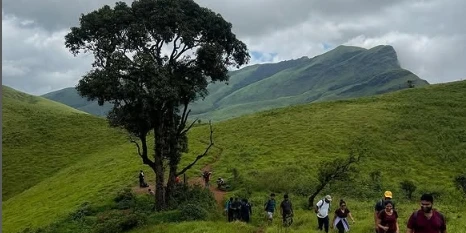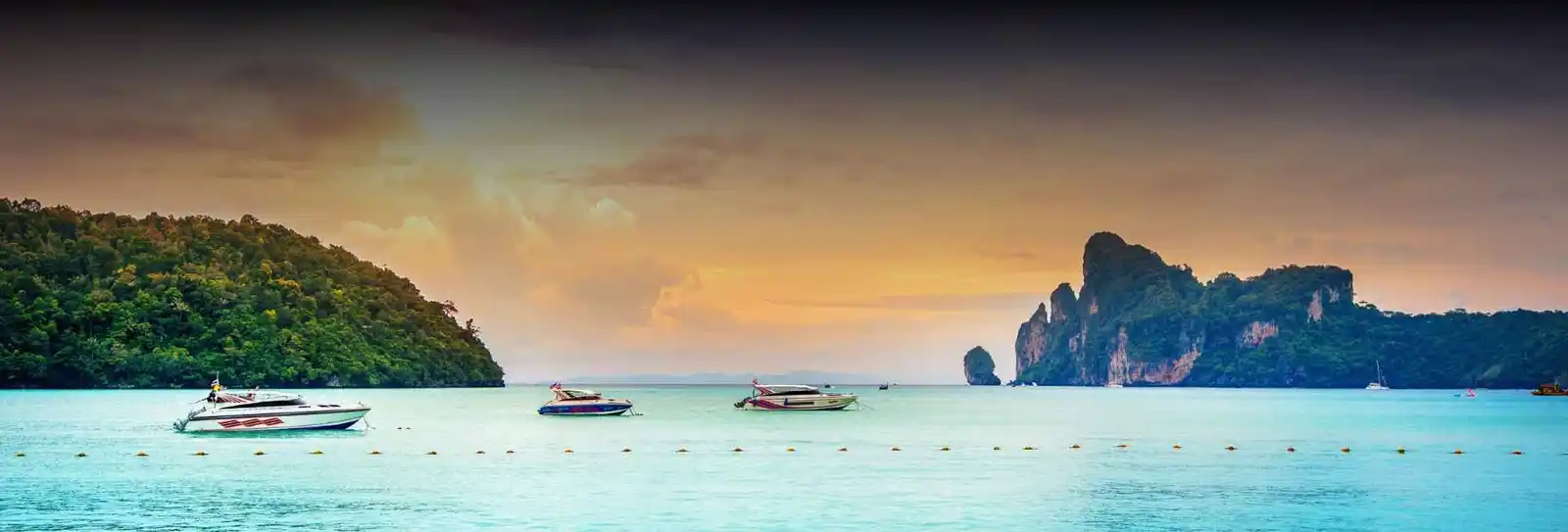
The monsoon season in India is a special time of the year, and it brings so much more than just rain to deluge the country - it brings life back into the canvas of nature, turning soil hardened by drought back into canopies of green forest, filling rivers and waterfalls to peak flow, and for armchair trekkers, it allows them to knock winter off their hiking back packs and prepare for a whole new world of hiking. The monsoon treks in India are stunning, greater beauty few experiences will match for calmness, beauty and connection to nature. However, as is the case with various types of trekking, last-minute preparation and awareness of the specific conditions created by the weather are vital. So if you are an experienced hiker or if you are a beginner who wants to immerse themselves in the rain-soaked trails, we are here to assist you with this guide as we help you with everything from safety tips to the best treks during monsoon season.Why Trek during the Monsoon?The monsoon treks give a view of the earth & nature few have the privilege to see at any other time of year. The forests glow luscious green shades, rivers can boast waterfalls roaring for hours, miles of crisp air, and even the opportunity to be on trails which are often relatively empty compared to all other hiking seasons, especially early in the monsoon.Safety Tips for Treks in the Monsoon in India1. Start Early"Start Early" is probably the most frequently shared advice in conjunction with regards to things like outdoor activity, such as hiking, biking, or construction activity. Many areas, particularly in the mountains or tropical temperatures, have a predictable weather pattern: The day starts clear and calm, followed by a temperature increase in the early to mid-afternoon time period, causing moisture to rise. That moisture, as it continues to rise, forms "clouds". Often, those clouds bring localised showers, rain, or storms. If it is dry and calm in the morning, people can get a chance to take advantage of the dry, stable early morning weather pattern by getting started early. It is the maximum opportunity of completing the activity before the weather changes, while also ensuring a level of safety, comfort, and productivity.2. Wear Quick-Drying ClothesClothes that dry quickly are critical to staying comfortable and safe in outdoor activities, especially when you are in a humid or wet context. Quick-drying clothes are made using synthetic materials, like polyester or nylon, that draw away moisture from the surface of the body and dry much quicker than cotton-based clothes. Quick-drying clothes allow you to stay dry and warm if you experience rain or are sweating profusely.3. Bring Extra WaterproofingBring Extra Waterproofing for times when the weather is unpredictable, like on a monsoon trek, or when in damp conditions. Just having waterproofing of any kind (backpack covers, poncho, dry bag, zip lock pouches) could keep your belongings dry when the weather changes suddenly. Keeping your essentials dry, like your cell phone, clothing (e.g. fleece), and other key documents, will help keep your adventure from being interrupted. Likewise, it is far better to have all your important gear gone and spend 10 minutes doing so than to risk being soaked and not enjoying the real nature adventure of a lifetime.4. Use Waterproof FootwearUse waterproof footwear, so your feet can stay dry, warm, and free of blisters while trekking or in wet and muddy conditions. Well-designed waterproof shoes/boots with a good grip not only prevent water from getting into them, but also provide better traction on slip distressed surfaces (to reduce slips and falls). Remember, regular sports shoes soak immediately and take much longer to dry. Make sure you use trekking shoes with waterproof membranes (Gore-Tex!) or waterproof treated leathers. Your feet being dry will help provide comfort for hygiene and to avoid injuries on an outdoor excursion.5. Research in Advance for Landslide-Prone AreasResearch Landslide-Prone Areas before heading out on your trek or travel, especially in the monsoon season, when heavy rain can present challenges by triggering hazardous landslides. Enquire about your route ahead of time; find the 'local' news, government alerts, or use trusted trekking forums to research your route and find sections that are purported to be unstable. In particular, avoid trails that take you close to steep trails that have loose soil, or very recently had a landslide. If you have a good understanding of the risk areas, you can plan alternative detours or even simply choose to delay your trip if you are at all concerned for your safety, and the chance of getting caught in a deadly or hazardous situation is present.6. Use Trekking polesUse Trekking Poles to help with stability, balance while reducing the impact on your joints when trekking, especially when moving along slippery, uneven, or very steep terrain. In wet or muddy conditions that often come along with many monsoon treks, trekking poles provide an additional level of support, as they will help prevent slips/falls. Trekking poles can also reduce strain on your knees by distributing weight more across your body, thereby ideally allowing your overall endurance to improve across long hikes. Trekking poles are adjustable and ultimately lightweight, and make for a good addition to our packing gear for playability and safety during our treks.7. Expect DelaysBe prepared for delays whilst trekking in the wet season or remote areas. The weather, landslides, or road closures can put a major spanner in your travel plans. Consider taking extra food, water, and essentials in case you need to delay your trip longer than expected. Keep your mobile devices charged, share your itinerary with someone, and have a plan B if you are forced to stay in a place that is different from what you originally planned, or forced to take a different route due to unforeseen challenges. If you are within reason mentally and practically prepared, the odds of staying calm and safe are better than the opposite. After all, if we encounter problems, we can incorporate those into our journey much more easily this way.8. Leeche ProtectionLeeches are just part of wet areas. It often helps to wear long socks and either put salt or some sort of insect repellent around your ankles and carry salt or vinegar to detach yourself from any that may latch on.Read: Manaslu Treks in India | What to wear|winter treks in India |Camping vs Homestay|Weekend Treks from Bangalore


